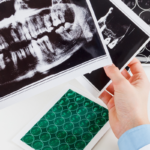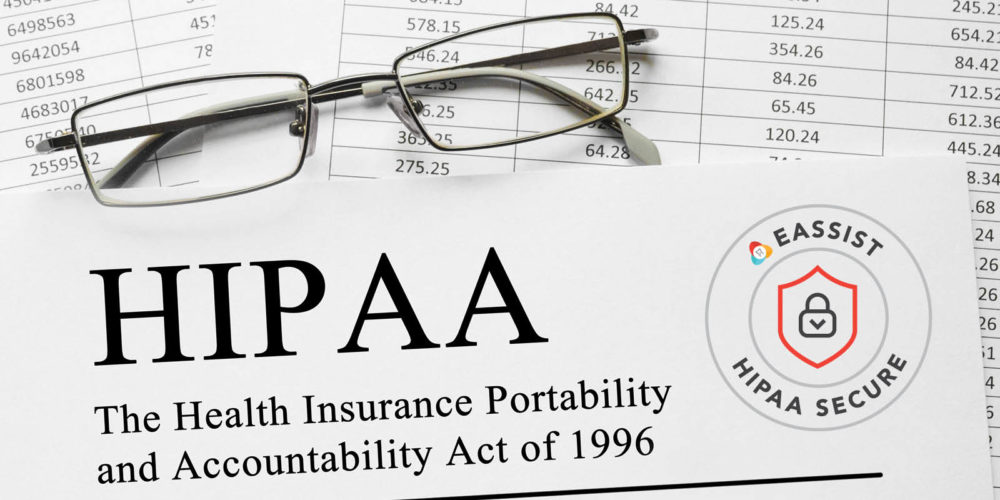Will Billing Medical Insurances Increase Your Revenue?
Something that a lot of dentists struggle with when evaluating bringing medical billing into their office is the return on investment. Do they do enough procedures that medical will pay to justify the investment in training or outsourced billing? How many patients will really take advantage of the new courtesy of filing to medical? These are great and important questions to evaluate when incorporating any new service to your practice. Most doctors are surprised by the volume of procedures they are able to file to medical for reimbursement.
Radiographs are a commonly overlooked item that can be billed to medical insurances. Many practices have cone beam computed tomography (or CBCT) machine in addition to their panorex. CBCTs are often covered under major medical plans if medical necessity is met for diagnosis. If your patient is having a sleep apnea appliance, TMJ appliance or medically necessary surgery you many also successfully bill out periapical radiographs and panoramic radiographs.
Surgical procedures such as sinus closures, bone grafting and excisions and biopsies are also common procedures to file to medical insurance. These procedures often meet medical necessity if symptoms and injuries are noted correctly and one knows how to code for diagnosis. Make sure you are also taking detailed records of symptoms and events that contributed to the patient’s current condition.
Exams and consultations are another often overlooked area of procedures that can be billed to medical. If your patient is being referred to you for evaluation or you can substantiate medical necessity from their documents than you may be able to successfully file these procedures with the medical insurance.
Lastly, implants and extractions are often file and sometimes covered procedures that offices can bill to medical carriers. These procedures are very plan specific so it’s extremely important that benefits and coverage is verified prior to any billing. Offices should also make sure that there are no limitations to covered procedures such as no out of network coverage, the need for preauthorization or coverage for accidental injury only.
Medical billing can be a great supplemental revenue stream for your practice and also reduce your patient’s overall out of pocket cost. It is important to keep in mind that while there are lots of procedures that are universally covered there are quite a few that are often not covered. Benefits verification is a vital cornerstone of ensuring you are submitting clean, reimbursable medical claims for your patients.
Dental Billing Tips and News for Pros; Edition #138






0 Comments